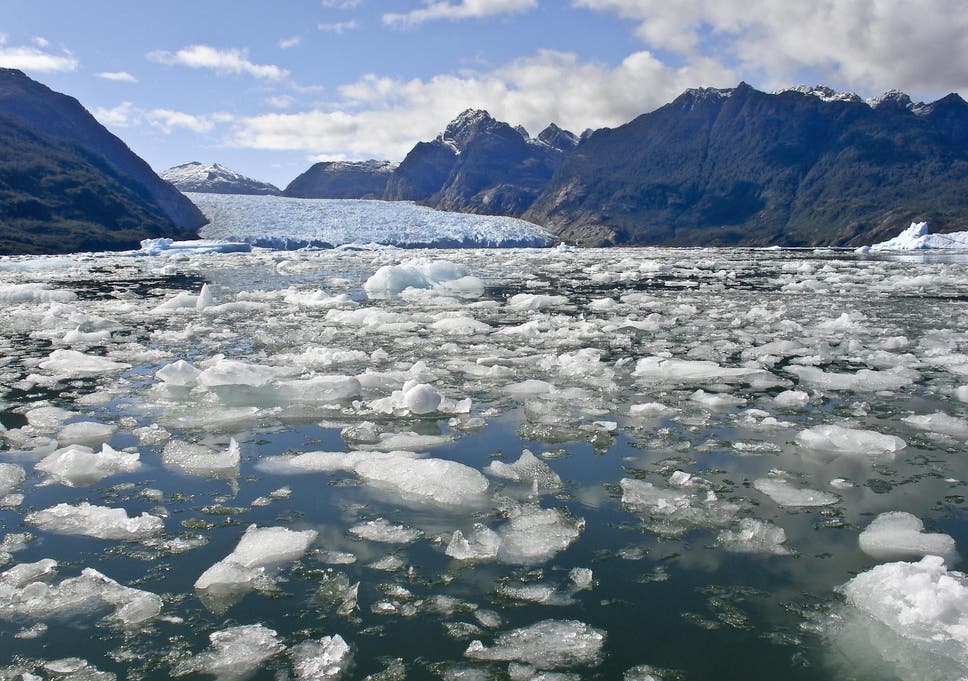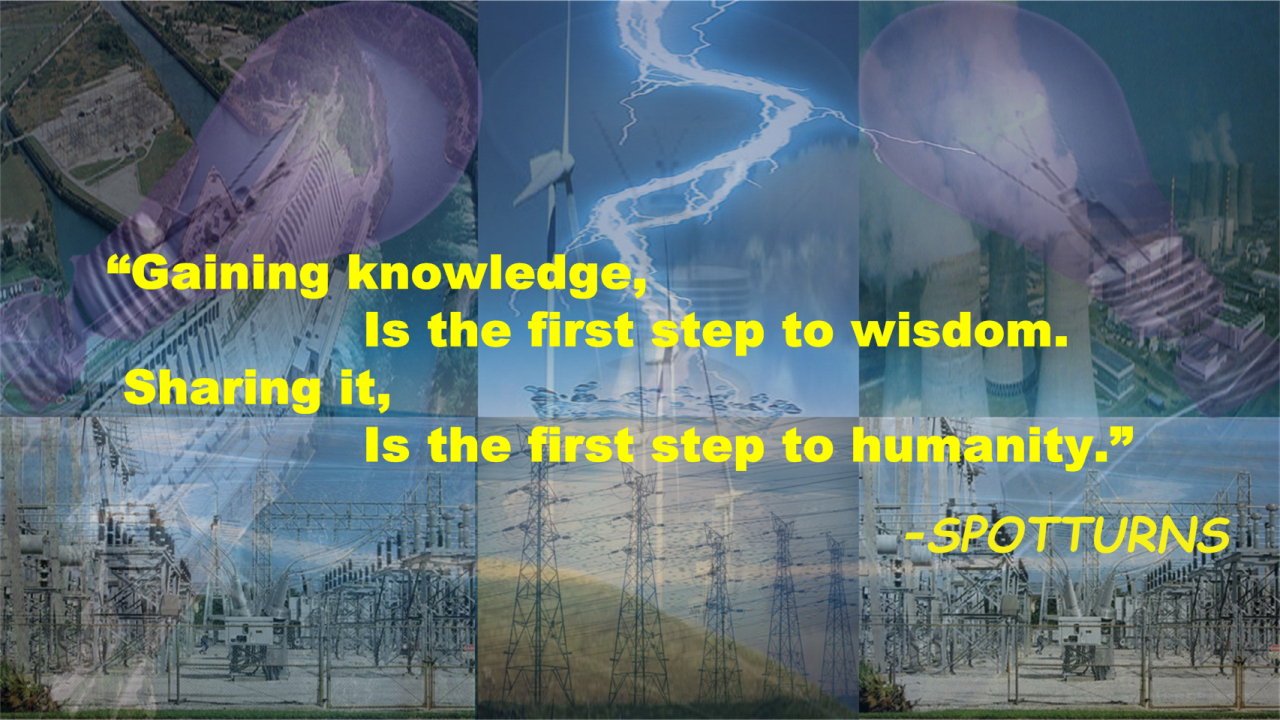In recent days, there is a big debate is going on among the researches and scientists about EARTH ROTATION?
i.e., global warming, and other constructions actually slowdowns the earth
claimed by some. Simultaneously other is put an argument that global
warming is increasing the earth spin faster.
After seeing these all arguments,
I had started analyzing the concept with my curiosity. It ends me to stand the
side of the people who argued that global warming and other constructions
on earth really slowdowns the earth spin rather than increasing it.
My Explanation for
supporting the earth spin is slowing down by global warming and other big
constructions made on the earth is as follows
The Earth rotates around
its axis once a day, but it does not rotate evenly. The rotation rates then
differ by up to one milliseconds per day. The speed of Earth's rotation would
increase like a spinning ice skater whose rotary speed is increased as the
skater's arms are brought closer to her body, if her mass comes closer to her
axis of rotation, as it is shown in Figure. 1. Conversely, if the mass is
shifted away from the rotating pole, the speed of rotation on the planet will
be slow down as shown in Figure. 2.
 |
| Figure.1 Skaters spinning principle |
 |
| Figure. 2 Earth Spinning View |
Firstly, if all of Earth's ice melts and flows into the ocean, what would happen to the planet's rotation?
Melting land ice including mountain glaciers and ice sheets of Greenland and Antarctica can only change the rotation of the Planet if the meltwater falls into the oceans. If the meltwater stays close to its source (for example, by being trapped in a glacier lake), so there will be no net mass transfer away from the glacier or ice sheet, and the rotation of the Planet does not change. So, if the meltwater flows into the oceans and is absorbed, then a net mass migration happens and the motion of the Planet will change. For example, if the Greenland ice sheet were to melt completely and the meltwater drained entirely into the oceans, then the global sea level would increase by about seven meters (23 feet) and the Earth would spin more slowly, with the length of the day being longer than it is now, by about two milliseconds.
 |
| Figure. 3 Antarctica distance from earth spinning axis |
 |
| Figure. 4 Ice melting in Antarctica |
Secondly, if you build a big dam and store water in it, construct big buildings and populated with huge people, etc., what will happen to earth rotation?
I have taken china’s biggest dam as an example
Three Gorges Dam, China crosses the Yangtze River in Hubei province, China. It the world's largest hydroelectric power station by total capacity, which will be 22,500 MW when completed. When the water level is maximum at 175 meters (574 ft) over sea level (91 meters (299 ft) above river level), the reservoir created by the dam is about 660 kilometers (410 mi) in length and 1.12 kilometers (0.70 mi) in width on average. The total surface area of the reservoir is 1045 square kilometers, and it will flood a total area of 632 square kilometers, of land. The reservoir will contain about 39.3 cu km (9.43 cubic miles) of water. That water will weigh more than 39 trillion kilograms (42 billion tons).
 |
| Figure. 5 China’s largest dam |
A change in a mass of this magnitude will impact the Earth's rotation due to a phenomenon known as the moment of inertia, which is a solid rotating body's inertia with respect to its movement. The object's moment of inertia over a given axis defines how difficult it is to adjust its angular motion along that axis. The longer a mass's distance to its rotational axis, the slower it can spin. You may not know why, but in daily life, you see examples of that. For example, a figure skater attempting to spin more rapidly would draw her arms close to her bodies, thus reducing her moment of inertia. Likewise, a diver who wants to somersault faster can get his body in a tucked spot.
Through lifting 39 trillion kilograms of water 175 meters above sea level, the Earth's moment of inertia will increase and thus slow its rotation. But the impact will be incredibly small. NASA scientists determined that moving this as the mass would only increase the duration of the day by 0.06 microseconds, rendering the Planet in the middle and flat on top just slightly more circular. The pole position will be moved by about two centimeters (0.8 inches).
 |
| Figure. 6 China’s largest dam slowdowns the earth's spinning. |
The source of the above knowledge drives me to think in such a way that, whether the slow spinning of the earth will really affect the earth's gravity? As I am keen to learn these kinds of info, I am posting my view in Infront of readers. Please excuse me if I am wrong.
From starting I strongly
believe the concepts of antigravity in ancient times, where they have used
sound, mass, time at which planets are in particular distance from the object
to vary the effective value of earth gravity on the particular object. That
allows them to construct megalithic. For more details, U can visit my previous
articles [5], [6]. However, I could not able to prove the concept
mathematically in that time, and here I am keeping my view on this regard. As given
in Appendix A, the mass movement away from the earth spinning axis leads to a higher
value of gravity forcing on the object. Which may cause major earthquakes [reference source Figure. 7]. On the other
hand, the slowing down of earth spinning may cause the imbalance in the earth's orbital
axis, which further leads to the collapse of the earth on to the sun.
 |
| Figure. 7 News Paper Report about Earth spinning slowdown and their consequences |
Appendix A: Derivation of Effective Value
of Earth Gravity on Any Object
Outward centrifugal force caused due to the rotation of earth effects (decreases) the acceleration due to gravity. The change varies with the latitude.
Let us consider the earth to be a spherical ball of mass ‘M’ and radius ‘R’. An object of mass ‘m’ is at point P at latitude φ, when the earth is not rotating the weight of the object is mg. But earth is rotating with angular velocity. So, the object is moving in a circular path of radius ‘r’ as shown in the figure. The object experiences a centrifugal force,
The object is being acted by two forces ‘mg’ and ‘Ff‘. The resultant of these two forces gives the apparent weight of the object (mg). The resultant of the two forces is given by the diagonal of the parallelogram OPAB.
At poles; φ = 90°
g’ = g.
So, at the equator, the effect is highest so the gravity is lowest and at the pole’s gravity remains unaffected of rotation.
References:
[1] https://climate.nasa.gov/faq/30/if-all-of-earths-ice-melts-and-flows-into-the-ocean-what-would-happen-to-the-planets-rotation/
[2] https://www.forbes.com/sites/trevornace/2017/11/20/earths-rotation-is-mysteriously-slowing-down-experts-predict-uptick-in-2018-earthquakes/#29b263f66f24
[3] https://www.climatedepot.com/2019/07/24/settled-science-nasa-claims-earths-rotation-is-slowing-due-to-moon-but-harvard-study-claimed-earth-spin-faster-due-to-global-warming/
[4] https://www.kinetica.co.uk/2014/03/27/chinese-dam-slows-down-earths-rotation/
[5] https://spotturns.blogspot.com/2016/09/unexplained-ancient-achievements-anti.html
[6] https://spotturns.blogspot.com/2016/04/gravity-and-antigravity.html

